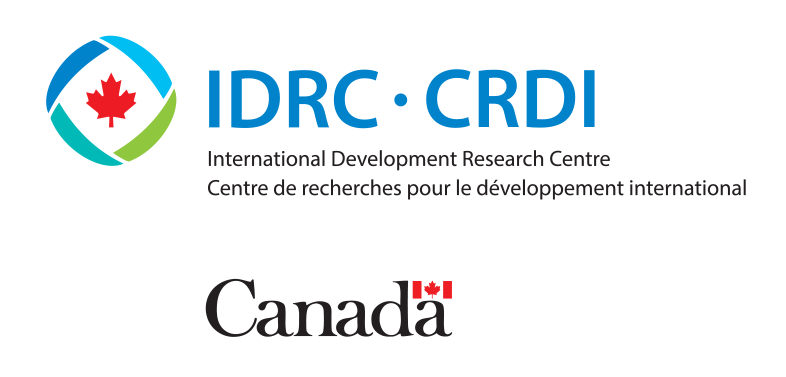
Produced Capital in Ethiopia, Indonesia, and Trinidad and Tobago
Trends and policy implications
Produced capital represents the value of the stock of all human-made assets used to produce goods and services in an economy. The major characteristic of produced capital is that it is used repeatedly in production systems. Produced capital is not necessarily physical in nature. It also includes intangible assets such as intellectual property.
-
Despite steady growth since 1995, produced capital levels in Ethiopia, Indonesia, and Trinidad and Tobago remain low in comparison to developed countries and highly concentrated in just a few sectors.
-
These countries will require additional investments in renewable energy and agriculture to achieve their climate and food security ambitions.
-
Because produced capital—and wealth in general—is not regularly measured by statistical offices in these countries, policy-makers are generally blind to these challenges.
This policy brief explores trends in produced capital in Ethiopia, Indonesia, and Trinidad and Tobago from 1995 to 2020 as part of a larger examination of comprehensive wealth in the three countries. The measurement of produced capital stocks is well established, and statistical offices in many countries publish data on it—though not all. For this project, it was necessary to prepare estimates of the capital stocks produced for the three countries studied, as such data were not available from their national statistical offices.
After examining trends over the 25-year period, the authors share policy recommendations for leaders in each country, touching on
- low levels of produced capital
- uneven allocation of investments in produced capital
- limited evidence of renewable energy investment
- limited investment in agri-food systems and agricultural productivity
- addressing data gaps
You might also be interested in
Human Capital in Ethiopia, Indonesia, and Trinidad and Tobago
Human capital is the major component of comprehensive wealth in most countries, and how it is managed is key to long-term prosperity.
Financial Capital in Ethiopia, Indonesia, and Trinidad and Tobago
Like other assets of the comprehensive wealth portfolio, financial capital can be used to support a country's long-term prosperity.
Natural Capital in Ethiopia, Indonesia, and Trinidad and Tobago
Natural resources play fundamental roles in our well-being and lives, as well as sustaining a country's comprehensive wealth.
Comprehensive Wealth in Indonesia
A comprehensive wealth report for Indonesia reveals aspects of the country's development that are invisible through the lens of GDP growth alone.
